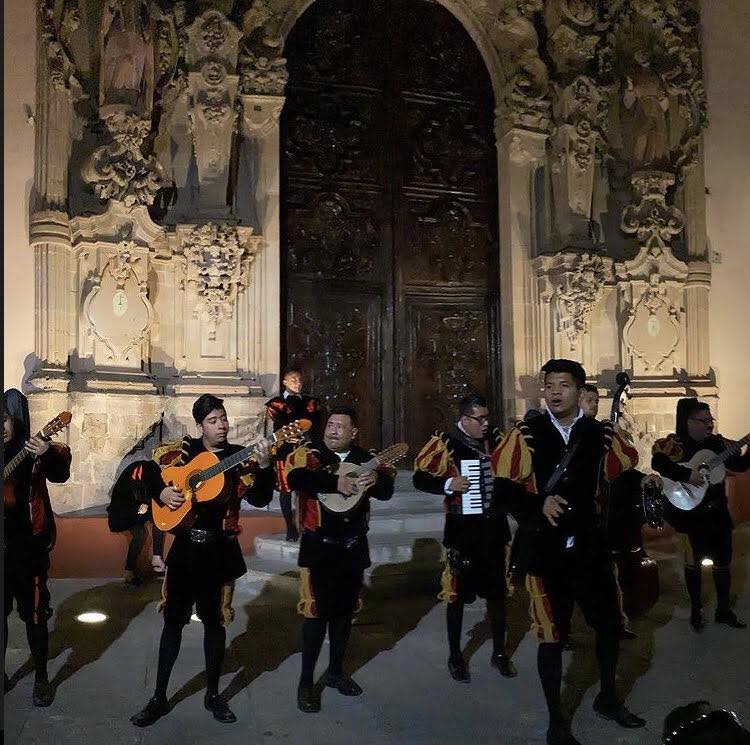The Callejoneadas of Guanajuato revive stories every night
During the tour through the alleys, apart from performing songs, the members of the ensemble represent stories, legends, and short plays or fragments. It is an activity that combines the culture of Guanajuato at night.





